
Porphyreon Urszula Wicenciak
- Autor:
- Urszula Wicenciak
- Wydawnictwo:
- Wydawnictwa Uniwersytetu Warszawskiego
- Ocena:
- Stron:
- 234
- Dostępny format:
-
PDF
 opcje wysyłki »
opcje wysyłki »
Opis
książki
:
Porphyreon
Wybrane bestsellery
Wydawnictwa Uniwersytetu Warszawskiego - inne książki
Dzięki opcji "Druk na żądanie" do sprzedaży wracają tytuły Grupy Helion, które cieszyły sie dużym zainteresowaniem, a których nakład został wyprzedany.
Dla naszych Czytelników wydrukowaliśmy dodatkową pulę egzemplarzy w technice druku cyfrowego.
Co powinieneś wiedzieć o usłudze "Druk na żądanie":
- usługa obejmuje tylko widoczną poniżej listę tytułów, którą na bieżąco aktualizujemy;
- cena książki może być wyższa od początkowej ceny detalicznej, co jest spowodowane kosztami druku cyfrowego (wyższymi niż koszty tradycyjnego druku offsetowego). Obowiązująca cena jest zawsze podawana na stronie WWW książki;
- zawartość książki wraz z dodatkami (płyta CD, DVD) odpowiada jej pierwotnemu wydaniu i jest w pełni komplementarna;
- usługa nie obejmuje książek w kolorze.
Masz pytanie o konkretny tytuł? Napisz do nas: sklep@ebookpoint.pl
Książka drukowana


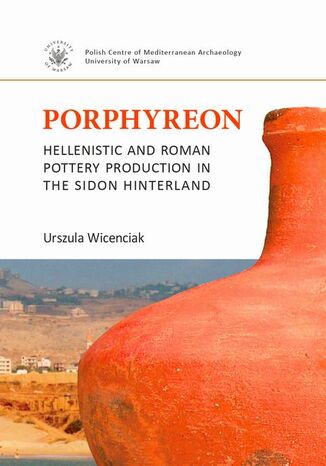
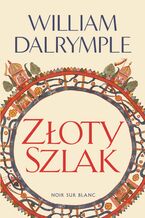

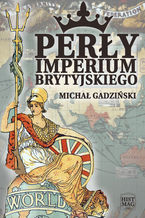

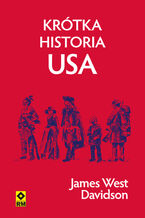

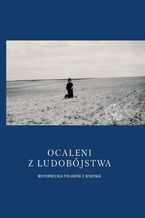
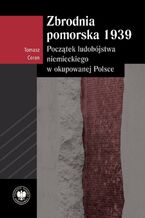
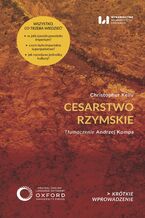








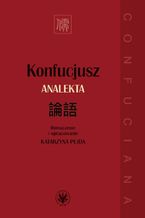

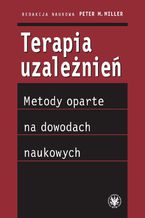
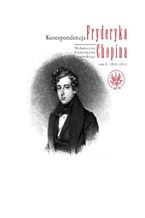
![Okładka - B. Bolesławita [Józef Ignacy Kraszewski], Rachunki. Wybór z lat 1866-1869 - Dawid Maria Osiński, Inesa Szulska](https://static01.helion.com.pl/global/okladki/145x218/e_4iic.jpg)

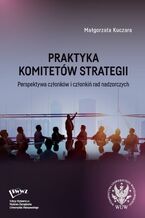

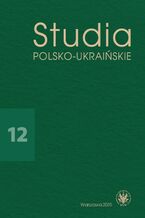
Oceny i opinie klientów: Porphyreon Urszula Wicenciak
(0)